Dear Editors:
I have always believed that historical writers like myself should be corrected when they make mistakes. In my case, I will do so here. In my April 2005 article “Shaky Stand at Bladensburg,” I made two glaring errors. The first of these errors was pointed out to me by noted Maryland historian Christopher C. George, author of the superb book Terror on the Chesapeake. Mr. George provided me with the proof that Maj. Gen. Robert Ross—while admittedly made “Ross of Bladensburg” by the Prince Regent (later King George IV)—was never knighted, and hence did not have the designation of “Sir” before his name. Second, I wrote that Brig. Gen. William H. Winder was sent to the Niagara frontier after his loss of the battle—he was not. In the preparation for a talk before the Dundalk-Patapsco Neck Historical Society and Museum outside of Baltimore recently, I discovered in my very own book notes that he was, in fact, part of the later Battle of North Point command structure serving under Maryland Militia Maj. Gen. Sam Smith and given the honor of pursuing the retreating British Army under command of Colonel Arthur Brook to its troop transports anchored at Old Road Bay off present-day North Point, Md.
Blaine Taylor
Towson, Maryland
Dead Tired
Dear Editors:
I found the piece “Not Dead, Just Dead Tired” on combat fatigue in your August 2005 issue both interesting and amusing. In doing your picture research I’m sure you must stumble upon many lesser-seen, but by no means less interesting photographs. The pictures of GI’s catching a few winks wherever they could was a nice change from some of the heavier aspects of war usually covered in your publication. Some of us really do appreciate these smaller photo essays you assemble, as they contrast your heavier pieces well, and occasionally give some insight into areas that might have otherwise been looked over. Keep up the good work.
Steve Whitlock
Eugene, Oregon
USS England
Dear Editors:
Thank you for the excellent story, “The Small Boys’ Large Feat” about the exploits of the USS England. Too many stories of WWII and the Pacific Theater focus on the bigger battles, making it often seem as though they were the only actions to take place during the war. The England’s successful destruction of six Japanese submarines in 12 days serves as a great reminder of what was taking place during the days between the “great” campaigns. The England’s actions also show how smaller victories could have large repercussions for the enemy. Because of its high rate of success, the Japanese commanders felt the next American axe to fall was going to come in behind the England, which caused them to shift their forces away from the Marianas where the real offensive would come. Thanks again for a well written and illustrated story.
Mark Richards
Jackson Hole, Wyoming
Dear Editors:
I enjoyed your story “ The ‘Small Boys’ Large Feat” from the August issue. The USS England’s accomplishments were certainly impressive and deserve to be acknowledged. I was wondering though, why you did not elect to show any pictures of the “hedgehog” bomb? It seems as though this weapon was truly instrumental to the England’s success and I’m sure many of your readers may have never actually seen one.
Lance Boatner
Wichita, Kansas
We found that neither the U.S. Navy nor the Office of War Information photograph files at the National Archives and Records Administration contain any pictures of this particular weapon. It seems the U.S. military did not want to promote the hedgehog. Depth charge photos were, however, plentiful. Had we found some suitable pictures of the hedgehog you can be sure we would have included them in our story.
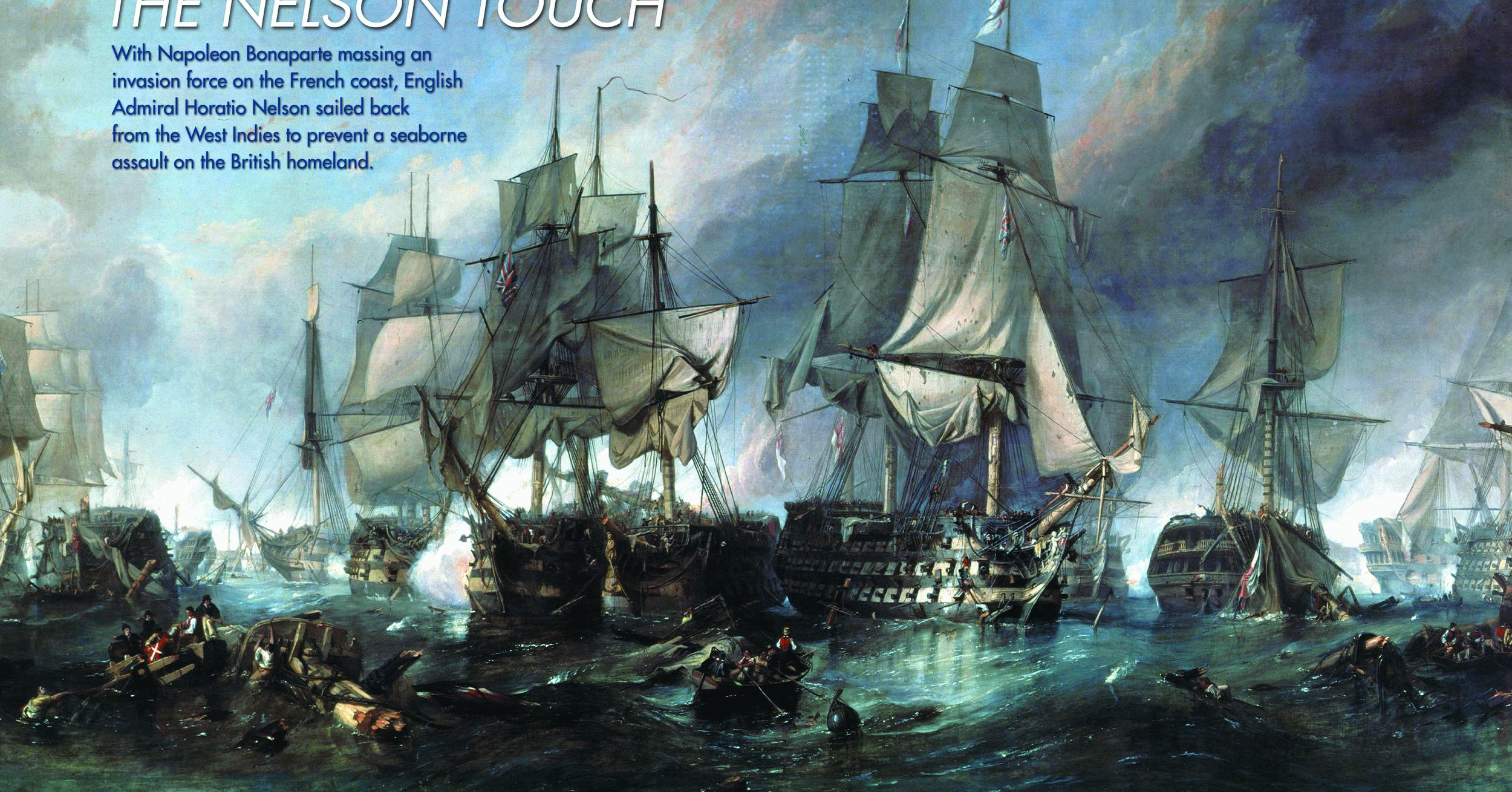
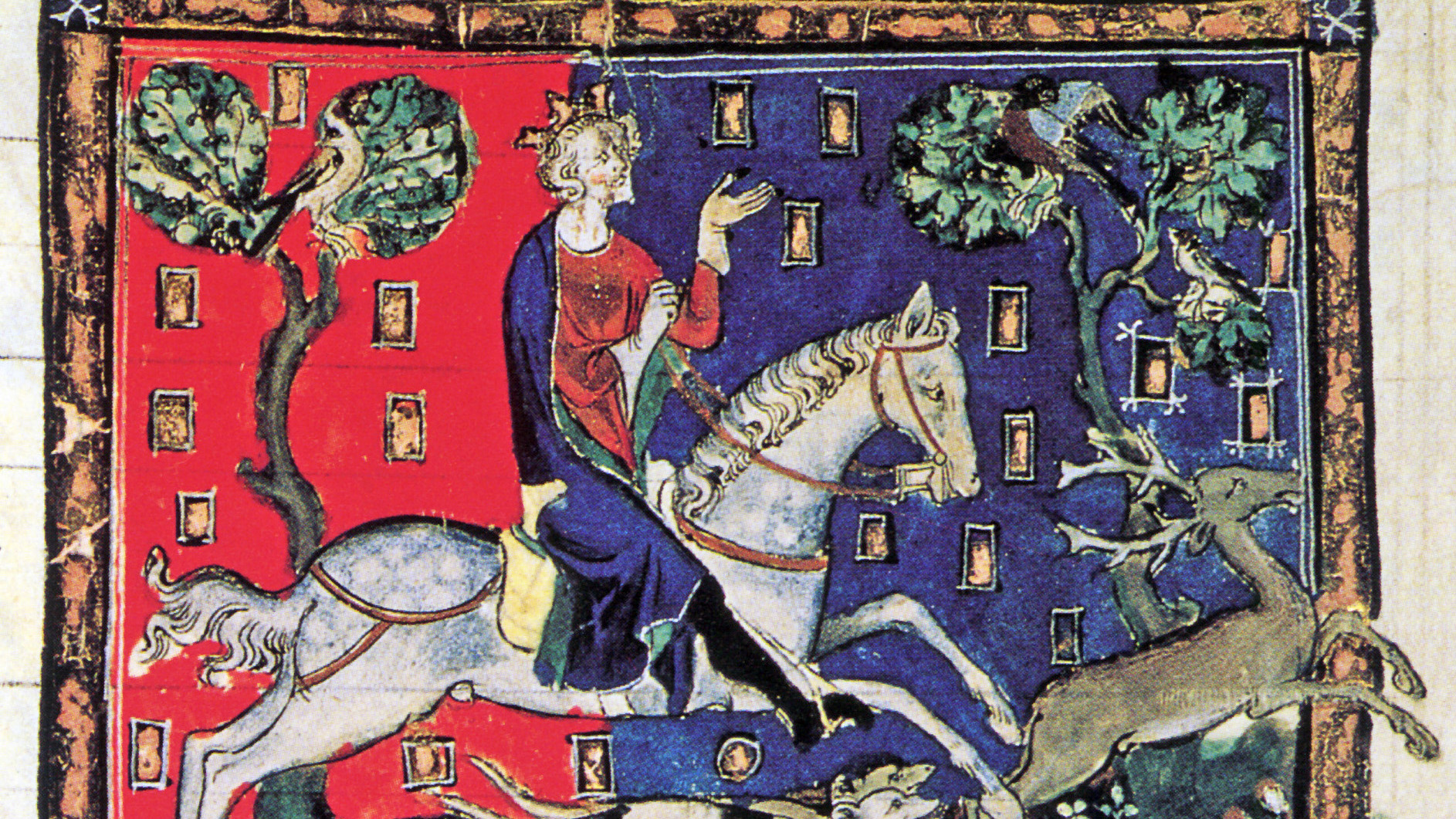
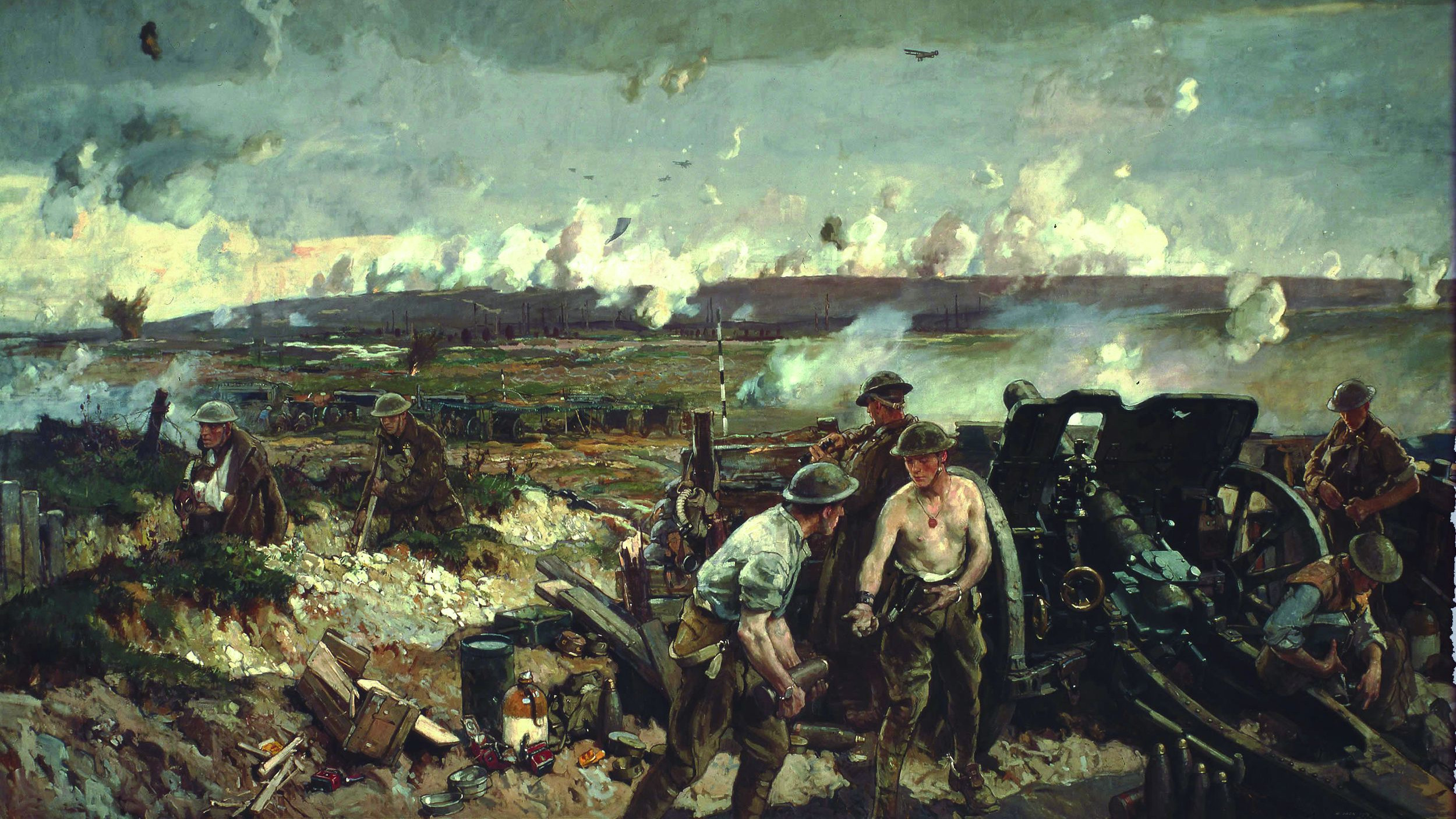
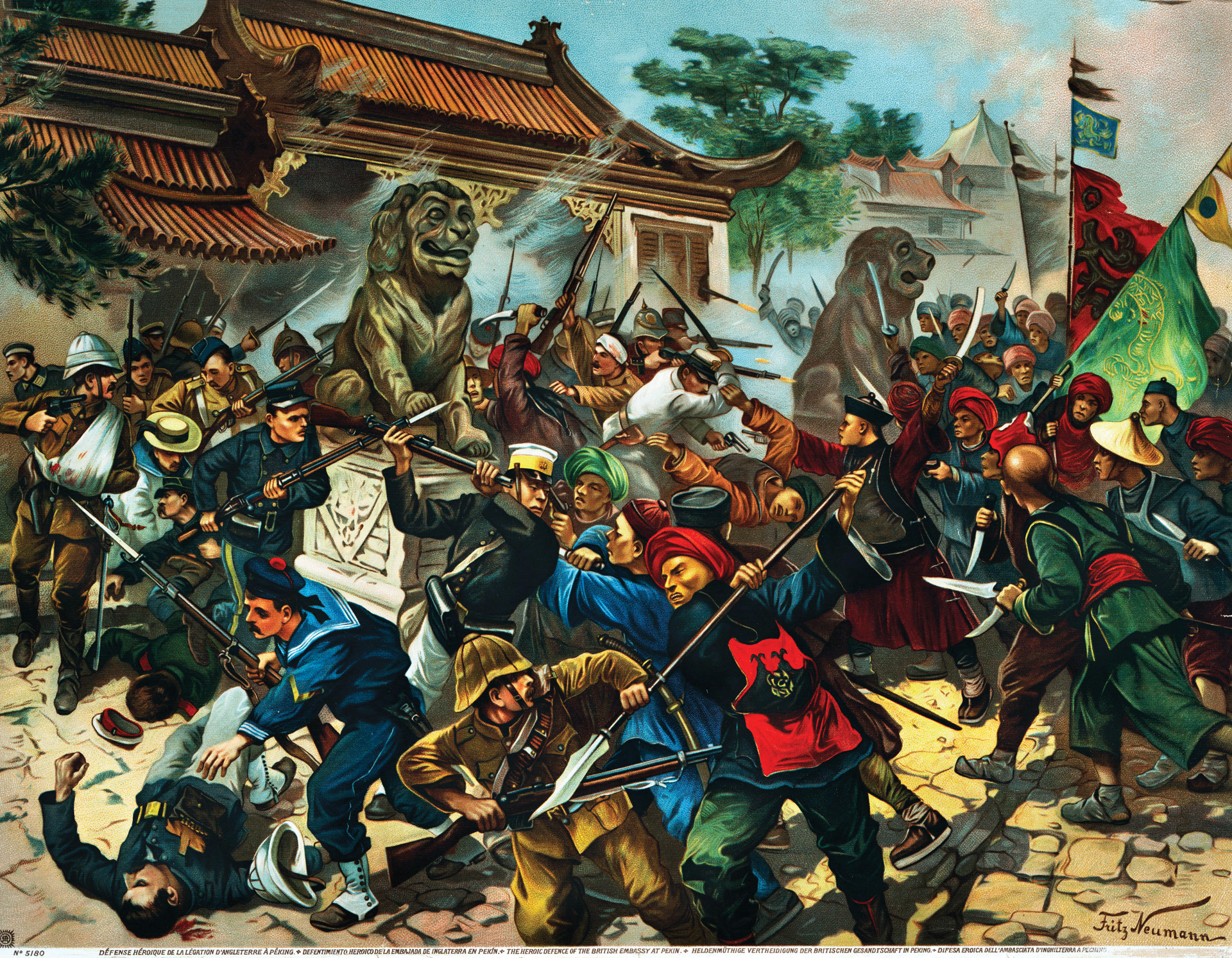
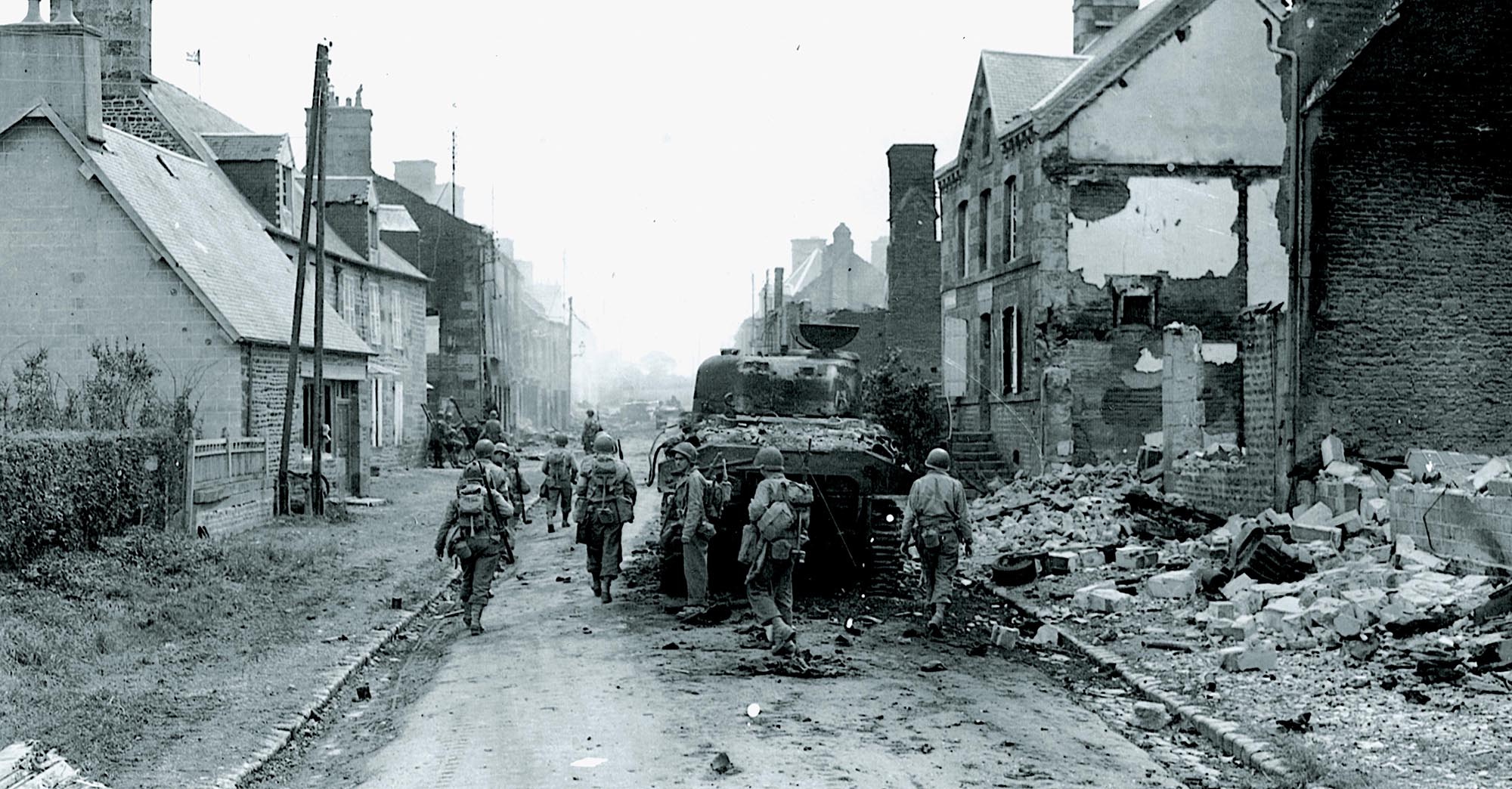
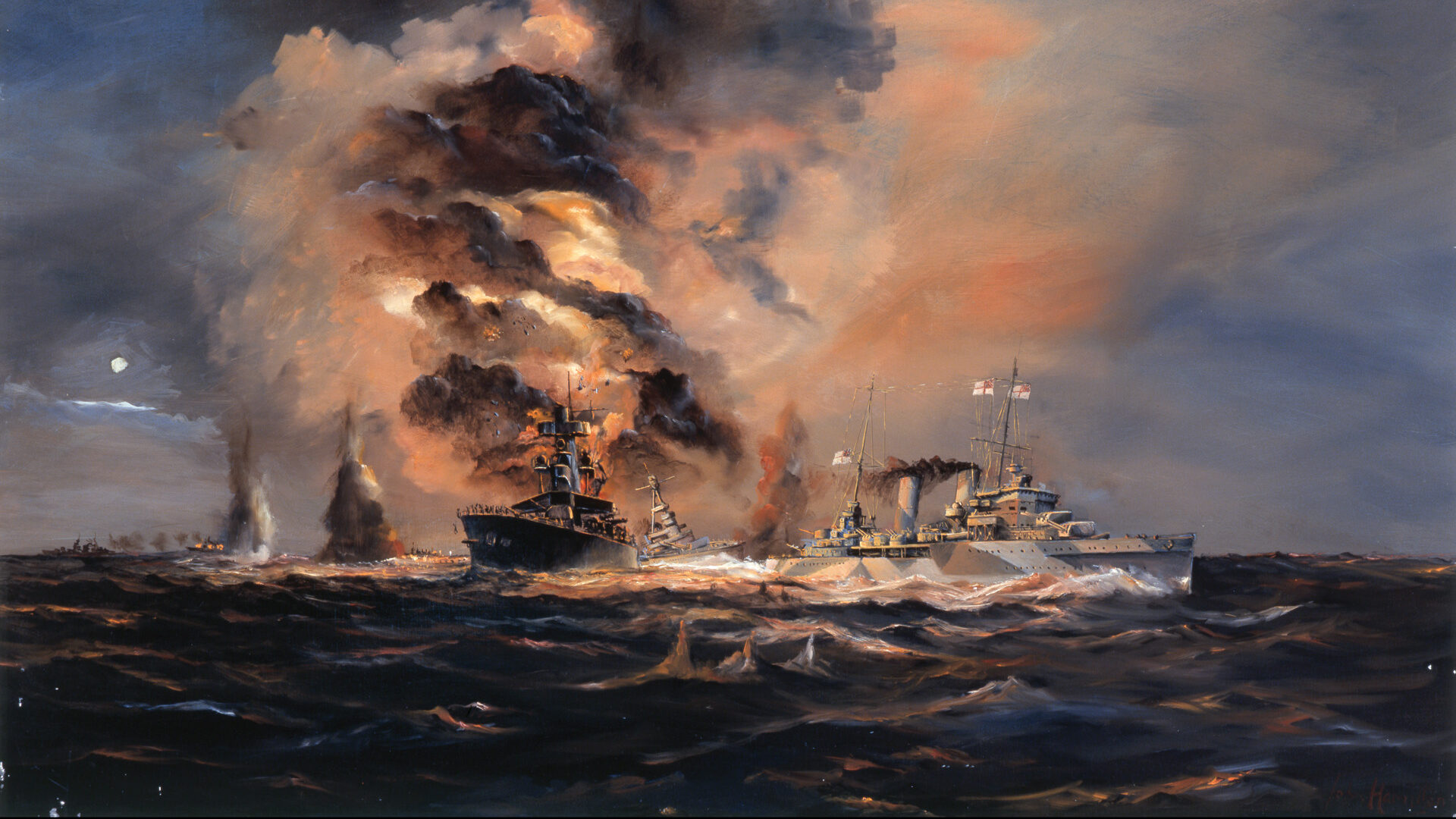
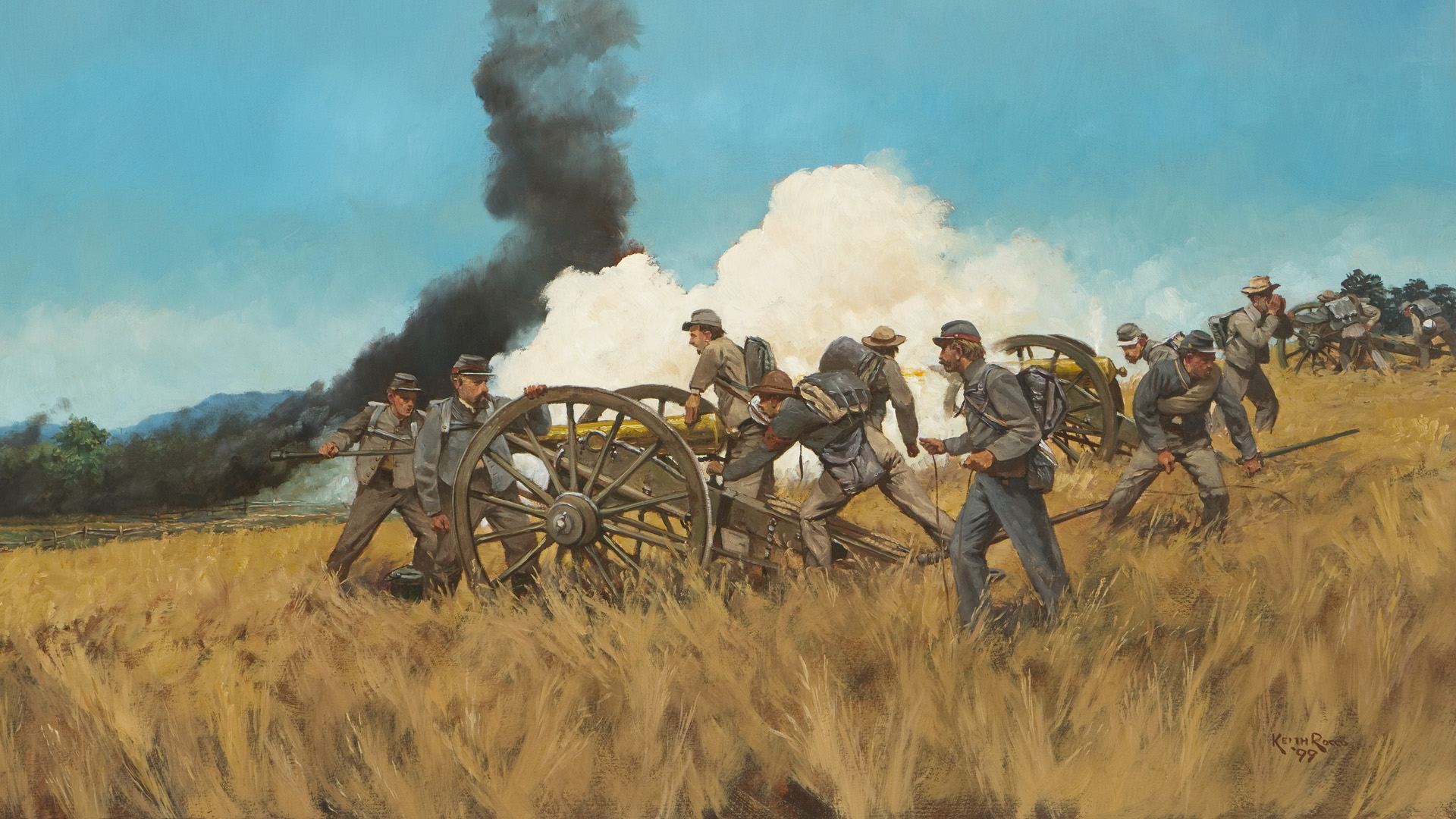
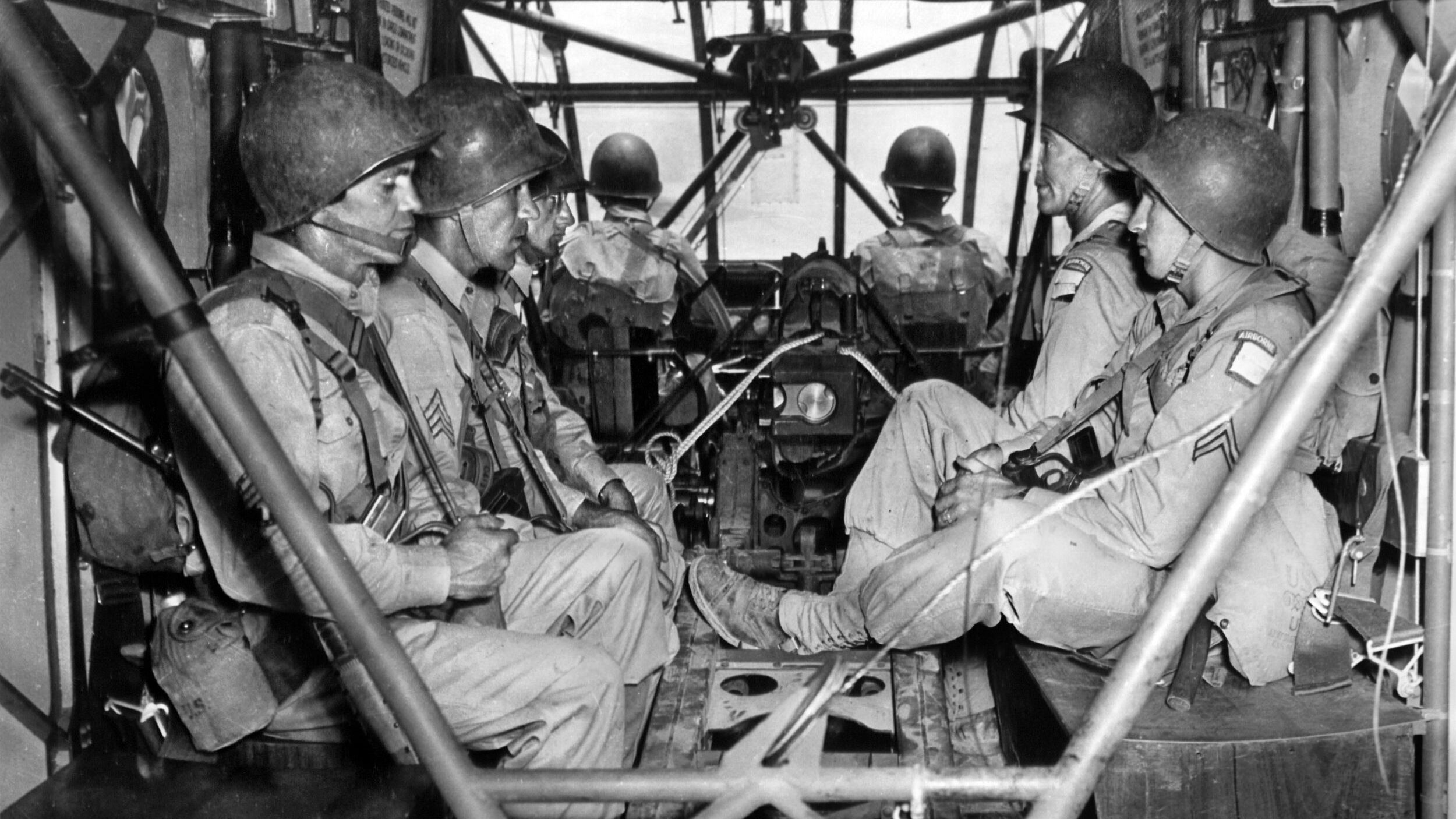
Join The Conversation
Comments
View All Comments